Rigel is the brightest star in Orion's legendary constellation, and it is also the seventh brightest star in the night sky. This star is designated as Beta Orionis.
Printable Rigel Worksheets
Looking for fun activities to teach kids about Rigel?
This premium worksheet bundle contains a printable fact file and 10 fun and engaging worksheets to challenge your students and help them learn about Rigel.
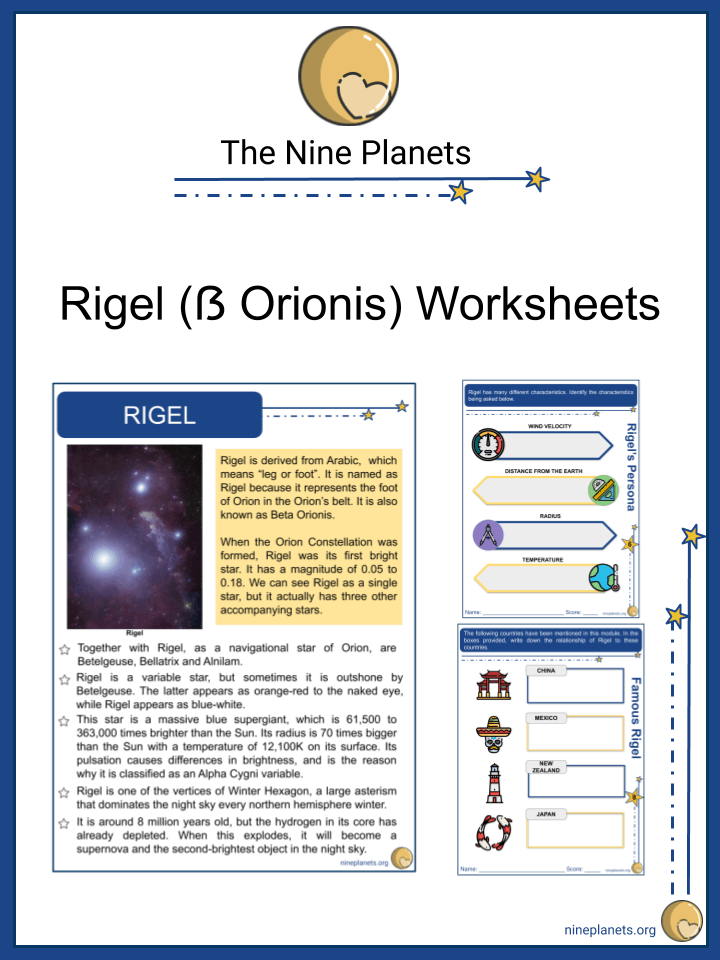
Key Facts & Summary
- Rigel is a blue supergiant star located at around 860 light-years / 260 parsecs away from Earth.
- Though Rigel appears as a single star, it is actually a star system comprised of around four stars.
- The brightest star here is designated as Beta Orionis A, and it is quite Big!
- The primary star, Beta Orionis A, has 21 solar masses and 78.9 solar radii.
- Rigel has surface average temperatures of around 12,100 K – much hotter than our Sun.
- This star is between 61,500 to 353,000 times brighter than our Sun.
- Rigel is a variable Star, and as such, its brightness varies from magnitude 0.05 to 0.18.
- The other stars in the Rigel star system are very small in comparison. Rigel Ba has 3.84 solar masses, Rigel Bb is at 2.94 solar masses, while Rigel C, is at 3.84 solar masses.
- In comparison to our Sun, Rigel is quite young, being only 8 million years old.
- This star has exhausted its hydrogen supplies, and thus it became a supergiant star. In this process, Rigel expanded several times until it reached its current size.
- The three smaller stars are all blue-white main-sequence stars.
- All four stars orbit a common center of gravity with a period estimated to be at 24,000 years.
- Many of Rigel's stars orbit one another once every ten days.
- Since pulsations cause Rigel's variability, it has been classified as an Alpha Cygni variable star.
- As time passes, Rigel will eventually grow even bigger, and it will evolve into a red supergiant star.
Rigel Star for Kids
Rigel, also known as Beta Orionis, is the brightest star in the constellation of Orion, the celestial hunter. Rigel is a blue supergiant star of spectral type B8 la.
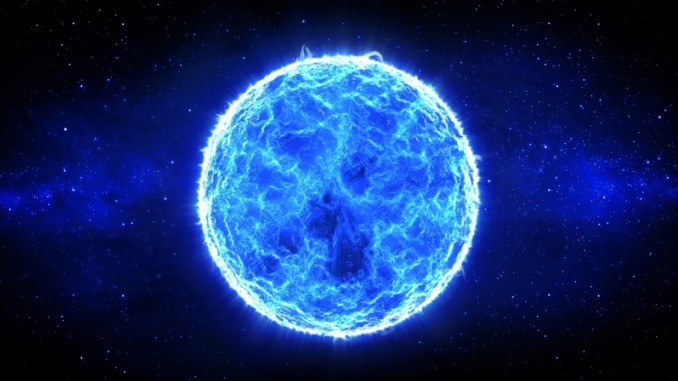
In the constellation of Orion, Rigel marks the celestial hunter's foot. Its name comes from Arabic, and it means "foot." Since it is so bright, Rigel can be seen from anywhere on our Earth, except for people who are 8 degrees from the North Pole.
Rigel Characteristics
Rigel is a blue supergiant star of spectral type B8 la. It has exhausted its hydrogen supplies, and it is expanding even now! Rigel will eventually turn into a red supergiant star.
Located at 860 light-years / 260 parsecs away from Earth, Rigel is still so bright that it is considered the seventh brightest star in the night sky.

Rigel is an Alpha Cygni variable type of star, and through pulsations, Rigel changes in brightness from magnitude 0.05 to 0.18. This makes Rigel between 61,500 to 353,000 times brighter than our Sun.
Formation
Rigel formed at around 8 million years ago from an interstellar medium of gas and dust. Gravity pulled the swirling gas and dust together and resulted in the brightest star in Orion's constellation, Rigel.
The other three small stars orbiting around Rigel may have come from the same interstellar medium. Even so, Rigel is hundreds of times younger than our Sun.
Fun Kids Facts For Haumea the Dwarf Planet
- Rigel may eventually explode into a supernova, and when this happens, we will witness a very bright spot in the sky! It will be the second-brightest object in the sky after the Sun!
- Blue supergiant stars like Rigel tend to live very short lives because they exhaust their fuel much quicker than other types of stars.
- Rigel, along with Betelgeuse, Bellatrix, and Alnilam, are the navigational stars of Orion Constellation. These stars are the most recognizable in the sky!
- Since there are four stars, the Rigel star system is quadruple.
- Rigel and Betelgeuse contrast each other; one star is blue, the other is orange. Long ago, two rivaling Japanese clans chose these stars as their symbol.
- Rigel was mentioned as early as 1521. It was recorded on the Alfonsine Tables.
- The Chinese know Rigel as the Seventh Star of Three Stars, which is an asterism.
- The Maori people of New Zealand know Rigel as Puanga. Puanga was the daughter of Rehua, the chief of all the stars. Rehua was represented by the star Antares.
Star System
Rigel is a quadruple star system composed of the primary star, Rigel, designated as Beta Orionis A, a blue supergiant star, and three smaller blue-white main-sequence stars, which are considerably smaller, designated as Rigel Ba, Rigel Bb, and Rigel C.
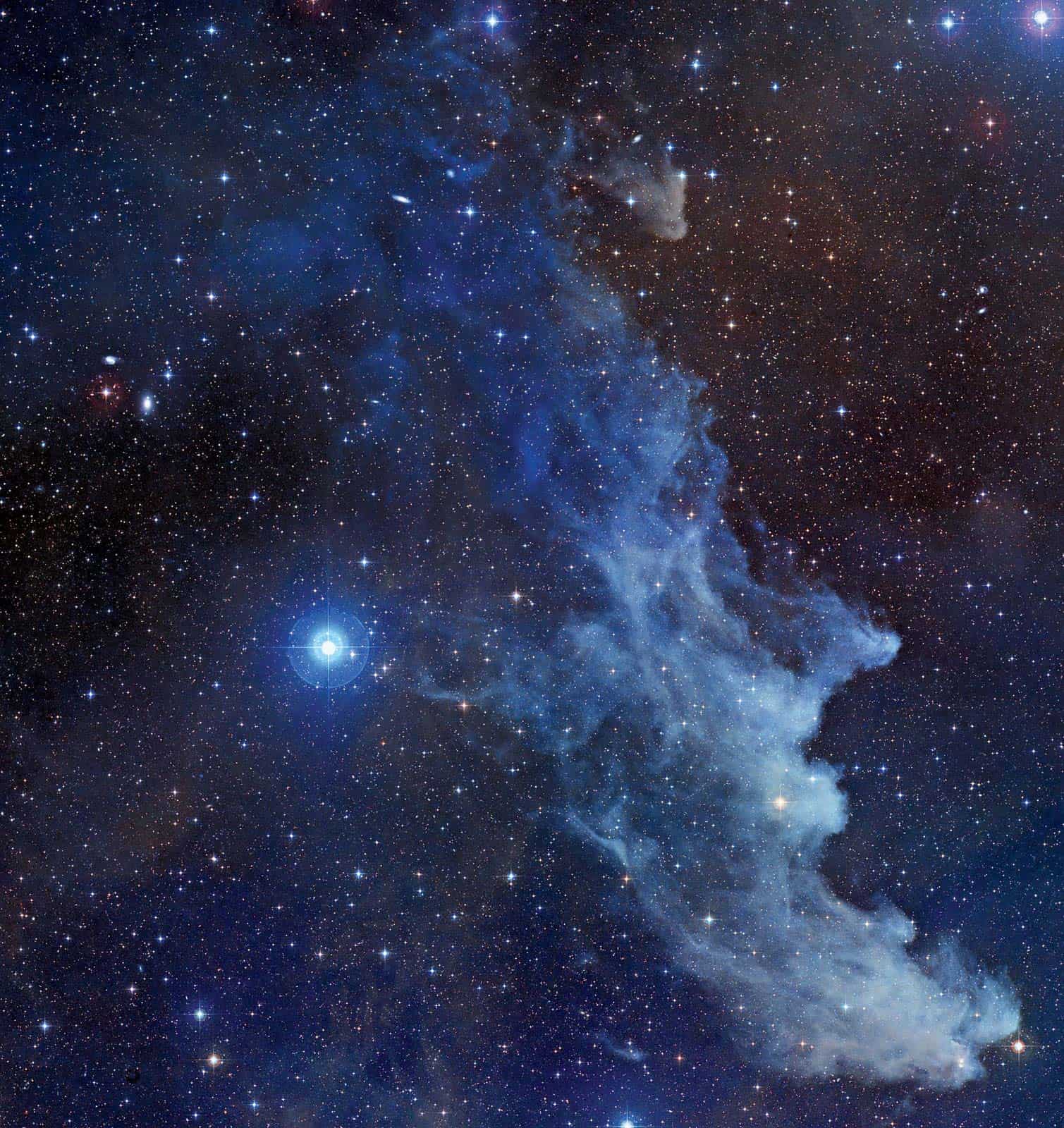
Rigel A has 21 solar masses, Rigel Ba has 3.84 solar masses, Rigel Bb is at 2.94 solar masses, while Rigel C, is at 3.84 solar masses.
Most of these stars orbit one another once every ten days. The stars under Rigel B orbit the primary star once every 18,000 years. Since we have discovered Rigel, we haven't yet witnessed one such orbit.
Size and Comparison
All the stars in the Rigel star system are several times larger than the Sun. The primary star, Rigel, has 21 solar masses and 78.9 solar radii. This means that Rigel is more than 100 times bigger than our Sun.
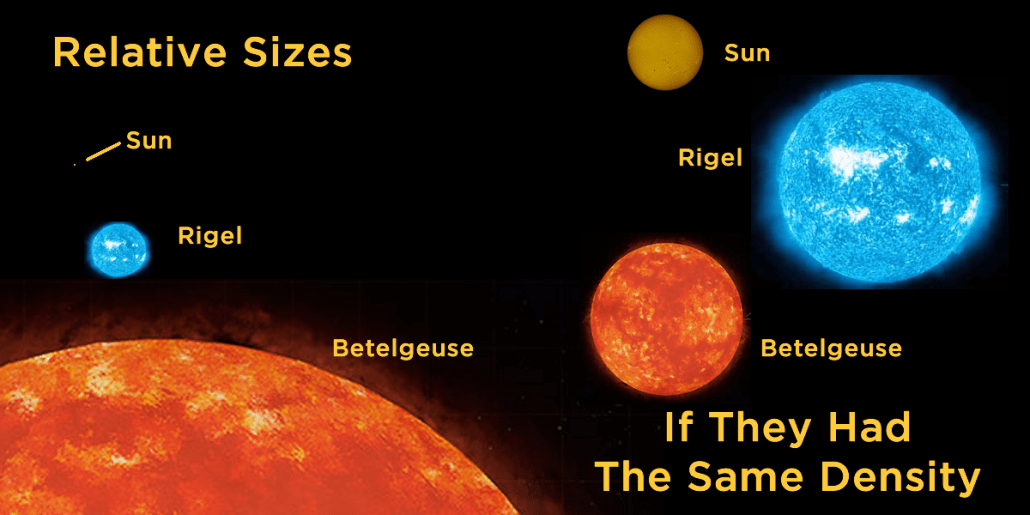
The average temperatures on Rigel have been estimated at around 12,100 K. It more than twice as hot as our Sun, and if you could replace our Sun with Rigel, the Earth would burn completely.
Trivia
Does Rigel Have Planets?
There are around fourteen planets that orbit within the Rigel star system, but more than half of them are inhabitable, especially due to all those stars' radiation.
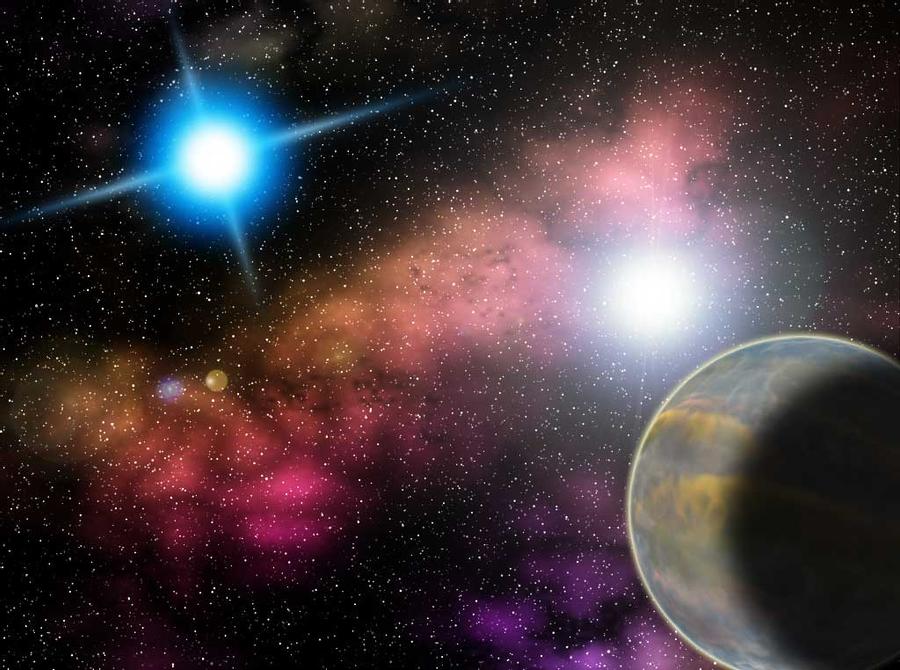
Is Rigel in the Milky Way?
Rigel, the seventh brightest star in the night sky, is located in the Milky Way galaxy. It is located at only 860 light-years / 260 parsecs away from Earth.
What is the Meaning of the Star Rigel?
The name Rigel comes from Arabic and translates to "the left leg of the giant." This is in reference to the star's position in its constellation. Orion is the celestial giant, while Rigel marks its left foot. The other foot is marked by the red supergiant star, Betelgeuse.
Rigel Star Notes
- Rigel is a supergiant blue star of spectral type B8 la.
- It has exhausted its hydrogen supplies, and it will become a red supergiant star.
- Though we see it as a single star, Rigel is actually a quadruple star system.
- Rigel is the brightest star in the constellation of Orion and the seventh brightest star in the night sky.
- Rigel is designated as Beta Orionis.
- Rigel is more than 100 times bigger than our Sun and twice as hot.
- Rigel is one of the stars which mark the Winter Hexagon.
Sources:
Image Sources:
- https://www.astronomytrek.com/wp-content/uploads/2016/02/rigel.jpg
- https://cdn.mos.cms.futurecdn.net/BycSddSPZowex8XeNvo2E8.jpg
- https://cdn.britannica.com/40/161540-050-02AD19F8/Rigel-Witch-Head-Nebula.jpg
- https://wp-assets.futurism.com/2015/05/star-size-comparison.png
- https://images-wixmp-ed30a86b8c4ca887773594c2.wixmp.com/f/bab28d12-2760-443a-8391-b409a8f7d44d/d1eyy2h-d8b12375-4f64-420e-8e91-c3c429c0d2ca.jpg/v1/fill/w_900,h_670,q_75,strp/gas_planet_of_rigel_by_poet1960_d1eyy2h-fullview.jpg?token=eyJ0eXAiOiJKV1QiLCJhbGciOiJIUzI1NiJ9.eyJzdWIiOiJ1cm46YXBwOiIsImlzcyI6InVybjphcHA6Iiwib2JqIjpbW3siaGVpZ2h0IjoiPD02NzAiLCJwYXRoIjoiXC9mXC9iYWIyOGQxMi0yNzYwLTQ0M2EtODM5MS1iNDA5YThmN2Q0NGRcL2QxZXl5MmgtZDhiMTIzNzUtNGY2NC00MjBlLThlOTEtYzNjNDI5YzBkMmNhLmpwZyIsIndpZHRoIjoiPD05MDAifV1dLCJhdWQiOlsidXJuOnNlcnZpY2U6aW1hZ2Uub3BlcmF0aW9ucyJdfQ.j1vP8-Yq_gdirliRdnaIWVd1pvA9YN5yQqPYwBlxNLU
